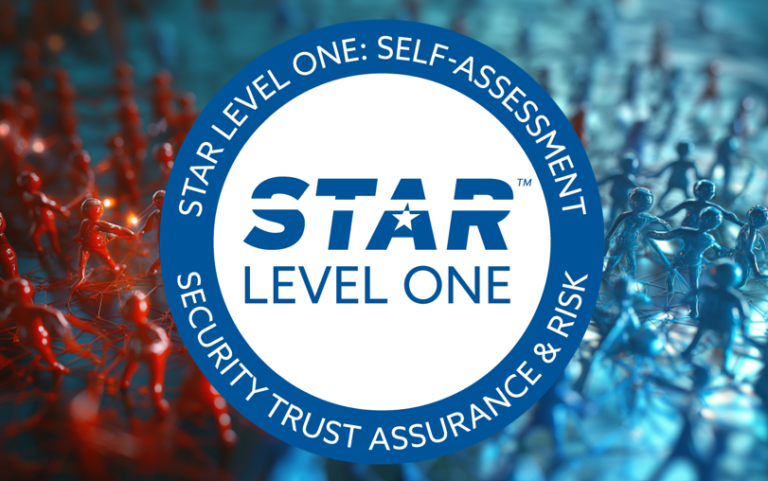US National Institute of Standards and Technology (NIST) defines “Attack surface” as: The set of points on the boundary of a system, a system element, or an environment where an attacker can try to enter, cause an effect on, or extract data from, that system, system element, or environment. However, this definition is predominantly relevant for on-premises IT environments. With the trend towards digital transformation, organizations are increasingly migrating their operations to the cloud to leverage its scalability, flexibility, and cost-savings. In doing so, they challenge the traditional definition of attack surface and with it, the means of managing its risks.
Cloud attack surface could be referred to as the sum total of all potential points of vulnerability and entry that could be exploited by attackers to compromise the security of a cloud-based system, network, or application. Understanding the risk embodied in an organization’s attack surface usually required using an External Attack Surface Management (EASM) solution which is used to discover internet-facing enterprise assets and systems.
Unlike traditional on-premises environments, the attack surface in the cloud is dynamic and multifaceted, encompassing various components and services such as virtual machines, containers, APIs (Application Programming Interfaces), storage systems, and networking configurations. It is easy to expand and change, and often does.
Attackers can exploit this ever-changing attack surface to gain unauthorized access, execute malicious activities, or compromise the confidentiality, integrity, and availability of data and resources hosted in the cloud. Understanding and effectively managing the attack surface is crucial for ensuring the security and resilience of cloud-based environments.
To mitigate this risk, organizations have started using Cloud Security Posture Management (CSPM) tools. CSPM helps organizations detect cloud misconfigurations across a wide range of potential issues, prioritize the risk (based on assessment and severity), and provide extensive details as per each misconfiguration so that security teams could remedy the issue before a breach occurs. However, CSPM products come with their own set of shortcomings, mostly, the challenge of dealing with the complexity of cloud environments due to the dynamic nature of cloud infrastructure. This usually results in numerous alerts, which overwhelm the user and require the use of elaborate risk prioritization methods. Even with this prioritization mechanism in place, organization needs to have the proficiency and manpower to remediate these issues. And even if they did, with cloud environments changing all the time, it is impossible for organization to keep up based on a “snapshot” taken by the CSPM at a given point in time.
In order for organizations to truly manage an ever-changing cloud attack surface is through the utilization of AI, more specifically an AI-based purple team. The purple team continuously executes attacks and defenses to locate the most pressing posture issues that a threat actor will leverage to breach the cloud. For instance, the system can identify which users have excessive permissions to cloud services and recommend reducing this, effectively reducing the attack surface.
As more workloads, assets, and services are being shifted to the cloud, it is inevitable that the attack surface will expand. Most of the time, organizations are oblivious to this ever-growing risk because they use tools which are inadequate for dealing with the inherent complexities and challenges of operating in modern, multi-cloud/ hybrid environment. Organizations must adopt modern tools that rely on AI in order to proactively reduce this risk.
These analysts talk about how our purple team product is the perfect use of AI!
Try Skyhawk Security Purple. Schedule a demo today!!






